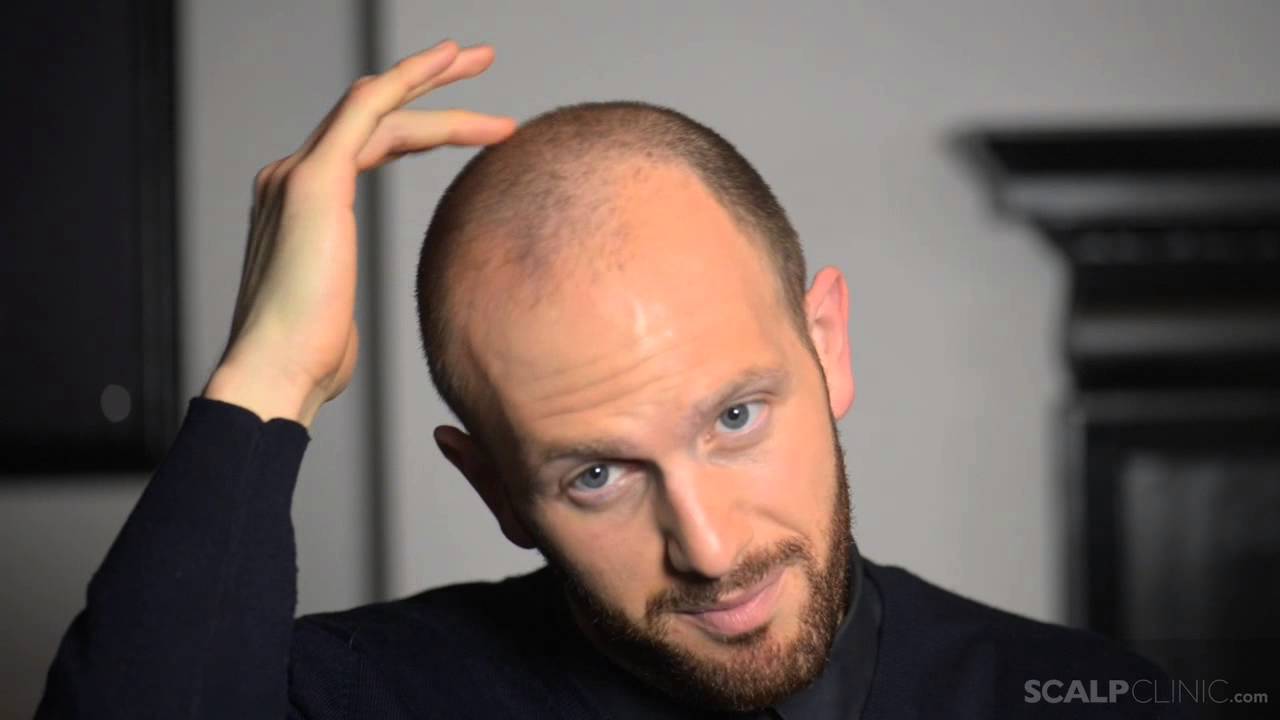Telogen Effluvium Recovery Time – What is Typical?
If you’re researching telogen effluvium recovery times, then I have a good idea of what your life is like right now. You’ve likely been experiencing very disturbing and sometimes downright scary accelerated hair loss and / or shedding. You’re likely over it and want to know when you will get some relief and can get your life (and your hair) back to normal. In the following article, I’ll discuss what is generally accepted as “typical” recovery times for TE and CTE (chronic telogen effluvium) and why there are always exceptions to the rule.
What Dermatologist Will Tell You And What Really Happens To Some: Medically speaking, TE usually fizzles out in around three months. What typically happens is that first you’ll notice that you’re shedding or losing less hairs and then a couple of months after that, (so long as your scalp is healthy, unclogged, and is properly stimulated), you should start to see some regrowth. Once the regrowth begins to grow out, you should start to see the volume returning to your hair.
But, if you’ve found this article I suspect that you already know that this doesn’t always happen. Because sometimes TE is caused by a “trigger” that you have a hard time identifying. Often, the shedding is caused by something that is going on internally within your body. This is sometimes changing hormones or stress, but sometimes the trigger just can not be found. And sometimes, the shedding won’t just stop spontaneously until you find the trigger. This is often what happens in CTE.
With that said, I do know people who have had recovery sooner than the standard three months. Some people only go through a week or two until this hair nightmare becomes a thing of the past. Some people have seasonal occurrences that last for a short while. I find that this is the exception though rather than the rule. (Or perhaps people who recover quickly don’t share their stories as much.)
The Trigger Or The Cycle That You Can’t Find Or Can’t Stop: There are some people who approach the three month mark and there is really no change or slowing of the loss. And, there are a good deal of people who approach the six month mark and they’re still going strong. (When you reach this milestone, you’re typically officially diagnosed with CTE.)
There are a few scenarios that are typically at play with these scenarios. One is that you haven’t found, addressed or fixed your trigger. Another possibility is that you’re dealing with a new TE that occurred on the heels of the previous one (which could be related or not.) Sometimes, one round of shedding will give rise to scalp inflammation, infections, or problems that just exasperate the problem. Finally, sometimes people will attempt different things to treat the hair loss (adding or subtracting hormones, taking anti androgens, etc.) and these things will kick off a new round of loss right on top of the other. Often, folks who are prone to this type of loss are very vulnerable to any type of change to hormones or medications.
It can be very important that you add in or try treatments very slowly. This way, you can know how something is effecting you or it is helping or hurting. I often suggest trying topicals first for this very reason. Recovery from TE really involves a few different things: identifying the trigger, addressing or fixing it, or awaiting the time frame needed for it to pass (a good example of this is giving birth.)
Sometimes though, it also means treating the resulting scalp inflammation or issues in order to avoid a repeating cycle or compromised regrowth. And occasionally, effluvium is actually a precursor to AGA (genetic thinning and hair loss) or precedes it so that one loss leads into another and the loss which begins as shedding ends up as thinning. In this case, you should address androgens, DHT, and what is needed to support a healthy scalp and thick regrowth.
Telogen Effluvium Recovery Time – What is Typical? by Ava Alderman




